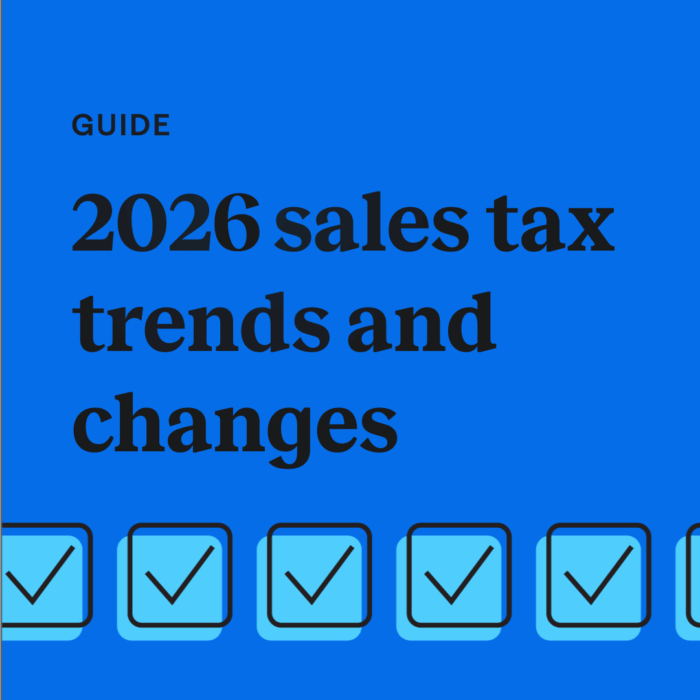How the fashion industry is remaking itself
by November 15, 2024
Like most industries, the fashion world has been forced to adapt to unforeseen obstacles over the last few years. While the industry is accustomed to changing to meet buyer preferences and stay current with the latest trends, it’s still been a challenge to navigate a pandemic, supply chain issues, and labor shortages. The good news is there are countless opportunities for fashion leaders to take advantage of (and rebound after) a tumultuous few years. We’re sharing the top trends and areas of growth that leaders should be aware of.
Supplementing subscriptions with one-time sales
Nowadays, you can find a subscription service for anything. From apparel to clothes to pet supplies, consumers can get a curated box of goods delivered to their doorstep at whatever cadence they choose. The fashion e-commerce industry is not to be left behind. Stitch Fix, a popular personalized style service, ships fashion pieces directly to consumers based on their results of a style quiz. Stitch Fix got their start as a subscription fashion service back in 2011, but recently they’ve shifted to meet changing buyer preferences with the launch of Freestyle.
With the Freestyle option, Stitch Fix no longer requires customers to order a subscription. Now, customers can order one-off “fixes” and not have to sign up to receive future orders. Users can still choose to subscribe and get a package of new apparel once a month, but they can now choose to go the direct buying route instead. Similarly, Birchbox, a popular beauty care subscription service, heavily encourages customers to subscribe for a monthly plan. However, consumers can also choose to buy one-off items.
The subscription model has its pros and cons – as we discussed here – but opening up a traditional subscription retail business to allow for direct buyers can expand a customer base. And who knows, you might get them hooked on the product enough to subscribe in the end.
Pay to return
Online shopping comes with the big downside that you can’t try it on before buying. This often leads to returns – a lot of returns. The cost to process a return is estimated to be 39% of the purchase price of the item in 2024. Returns are costly for retailers, and a pain for sales tax management (more on that here). Returns are so challenging, some retailers will even refund the customer without requiring them to actually return the item. While brick-and-mortar sales are seeing a comeback, e-commerce isn’t going anywhere. How should retailers manage the complexity of returns and refunds?
One strategy that’s gained popularity lately is charging customers to return e-commerce purchases, major fashion retailer Zara has implemented this policy. Customers will now be charged to mail back items for return, with the charge taken out of their refund amount. However – customers still have the option to return items in store at no additional cost. This is a strategy that can come with pushback from customers and concerns over customer loyalty, but it can be used as a way to offset return costs for retailers. Fashion industry experts believe that more retailers will follow suit, especially as inflation continues to result in cost increase.
Sustainability vs fast fashion
The rapidly changing macro environment has brought forth both inflation increases and supply chain delays. With these factors in mind, fashion brands (like most companies) will look at ways to cut costs, and prepare for whatever is ahead. That’s where fast fashion comes in. Fast fashion is generally defined as low-cost, mass-produced apparel brought to retail stores and websites as quickly as possible. Critics have cited environmental and labor concerns that often come with the production of fast fashion, including creating a “throw-away” attitude for consumers, leading to pollution. But for retailers looking to decrease costs and increase output, it’s an attractive option.
On the other hand, you have a strong sustainability movement taking place in the fashion industry. As the younger generations begin to build income, they are looking to spend their money on brands that care about environmental, social, and governance issues (ESG). A study conducted by McKinsey & Company showed that more than two-thirds of younger survey respondents said at least one aspect of ESG is important to them. It will be up to brands to find the balance between keeping costs down and creating fashion pieces that meet high ESG standards.
The power of social media
There have never been more channels for retailers to expand their customer base. The omnichannel movement has proved to be a win-win for customers and retailers alike. One outlet in particular, social media, is leading the way for younger consumers as a way to purchase apparel, according to the survey from McKinsey & Company.
To stay competitive, retailers will need to determine how to harness the power of social media selling. Even though it might mean shifting resources from another channel, if companies move quickly, it can be lucrative.
Mounting a successful strategy isn’t as simple as putting up paid media ads. Companies will need to consider how expanding their sales channels impacts their sales tax compliance. As you increase your customer base to new states or countries, you will also be increasing your sales tax obligations in new jurisdictions. Here’s more information on omnichannel retail and sales tax.
Prepare for changes ahead
While you focus on taking your fashion business to the next level, don’t let sales tax compliance get in your way. When you change the product you offer, or the customers you serve, you might be opening yourself up to sales tax changes as well. With a trusted solution like TaxJar, we can handle those changes for you, giving you more time to take advantage of the opportunities ahead.
Speak to a member of our sales team to discuss how TaxJar can help your company manage sales tax compliance.








